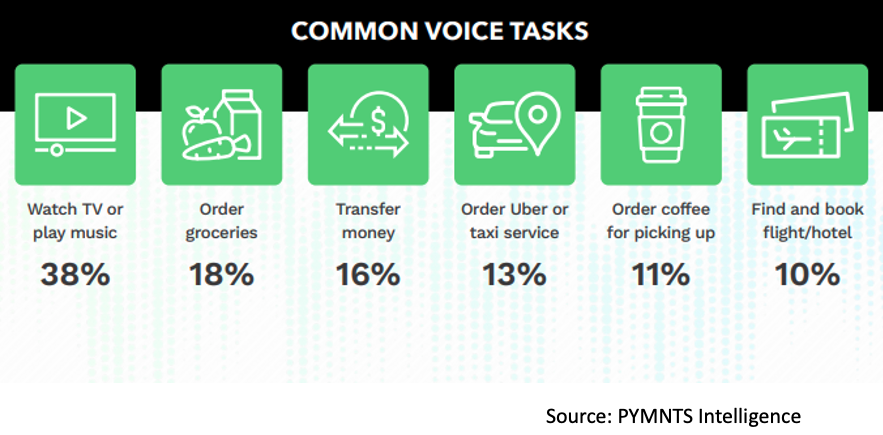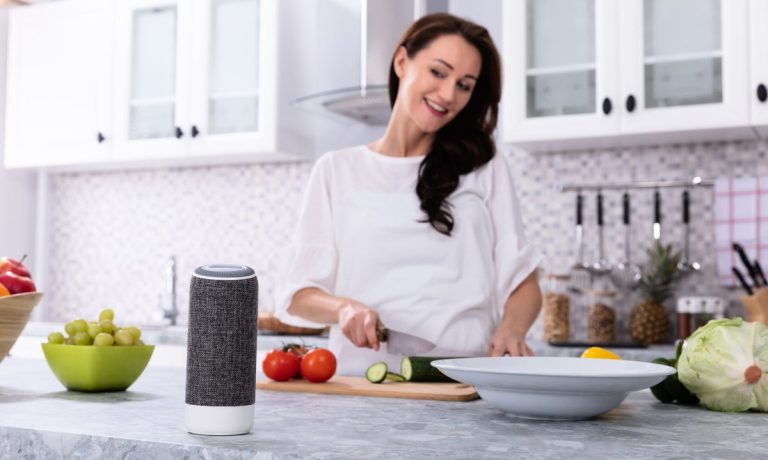It has become commonplace to say that generative artificial intelligence will upend, well, everything.
The rise of AI and a range of hyper-enabled chatbots and voice functions is changing the digital assistant game at a time when consumers are multitasking and leaning on technology to get a range of activities done day after day.
PYMNTS Intelligence found that consumers spend 26% of their time during the week and 28% on weekends multitasking. While the most obvious example of “connecting” digital to daily life might be during the act of browsing and buying, shopping represents only about a quarter of the time that is spent multitasking. The remainder of the time is spent doing other things like juggling various work tasks, household maintenance, checking in on relatives, etc.
In the April study “How Consumers Want to Live in the Voice Economy,” PYMNTS Intelligence found that “consumers want to make everyday routines smart, simple and more connected, and hands-free voice technologies can fit the bill. Consumers can already use voice technology to find information, identify themselves via voice assistant or find and book airline tickets, among other possibilities. Consumers performed an average of six tasks via voice in the last 12 months.”
There’s a willingness to shift at least some allegiance to the devices deployed in navigating these day-to-day activities, as 54% of the consumers PYMNTS surveyed said they would prefer voice technology in the future because it is faster than typing or using a touchscreen.
Who to Choose?
PYMNTS Intelligence identified that 39% of consumers used voice technology built into their smartphones, 25% used a voice-enabled app on a mobile device, and 15% used the voice capabilities built into their cars. More than a quarter of consumers surveyed said they used voice-activated devices such as speakers.
Advertisement: Scroll to Continue

Those are the details as to “where” we’re engaging with voice assistants. As to “what” we do with voice in the mix, the accompanying chart details the activities.
The “who” is getting a bit crowded. Because the field has several players — and Big Tech has been harnessing AI to build out new, verbally-spurred capabilities — the range of activities that could be conceivably allocated to different assistants might be considerable.
Picture a future, then, where one uses Alexa for commerce but Spotify to choose music or (possibly, hypothetically) order concert tickets, while those who are in thrall to the Apple ecosystem navigate through media and commerce with enhanced Siri capabilities. Amazon said in September it updated its Alexa speaker with improved conversational features, underpinned by generative AI.
Among the advantages of using multiple assistants is the ability to segment various tasks to those AI-powered offerings, as content, prompts and context are personalized to each user as they process text/voice or image-based queries and interactions.
Amid the battle for consumers, the pie may be big enough to benefit all providers. PYMNTS Intelligence found that roughly a third of consumers would pay monthly fees — equating to $120 annually — to have voice assistants at the verbal ready to get things done.

